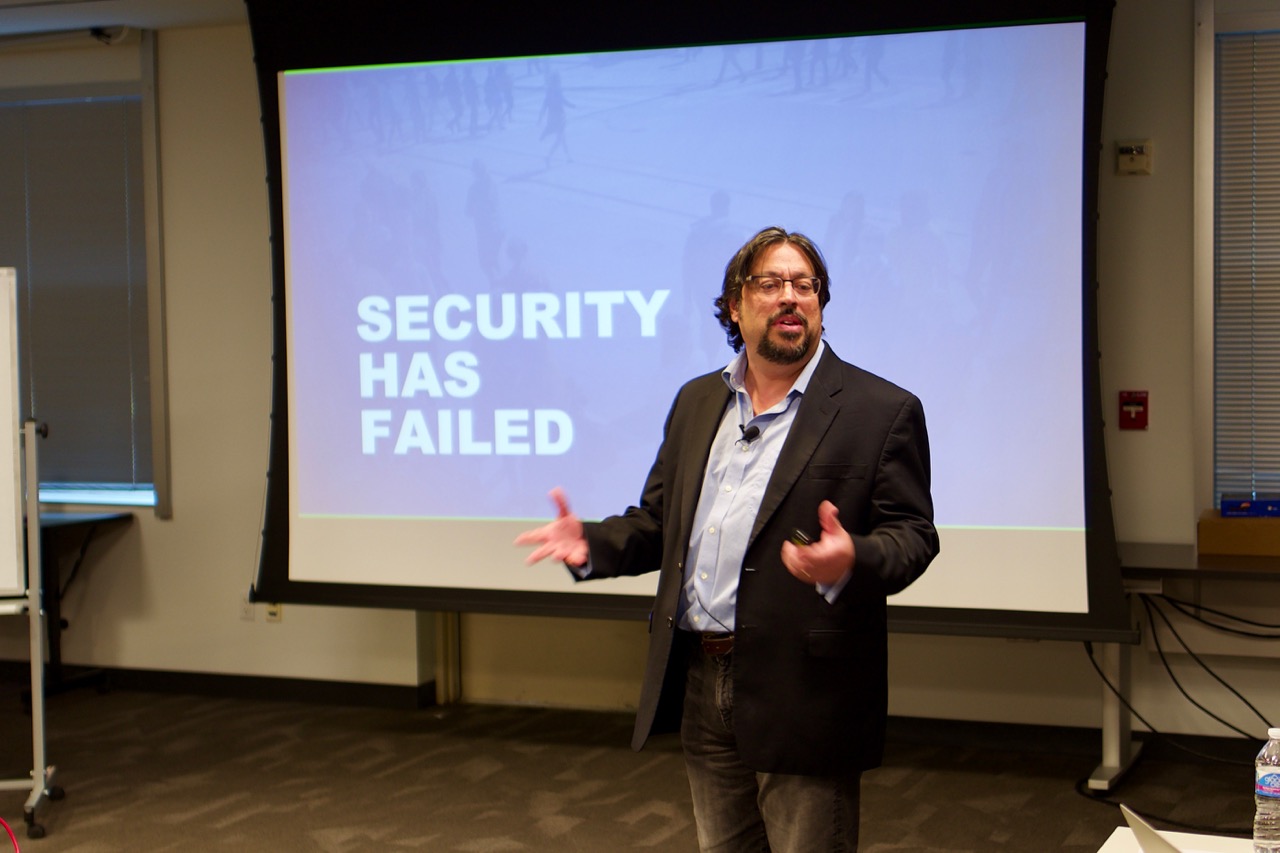As technologists, how do you troubleshoot problems? Does this cycle sound familiar:
bad thing happens
Google the error message
land on a knowledge base/blog article
fix the issue
if not…. rinse and repeat.
I am sure we can all relate.
As admins/operators we are constantly pressed for getting things working in short order. This results in much of our time reactively troubleshooting issues, digging through logs and using Google to try to find a fix. While most of us have the desire to stay on top of issues and become more proactive - the reality is that it is an uphill battle.
I am sure we can all relate.
Runecast - For VMWare admins, built by VMWARE ADMINS
At VMworld this year I got to learn a little bit about Runecast during their Tech Field Day presentation. Runecast is a company focused on helping VMware admins with the task of keeping their environments healthy, secure and in line with published best practices. The company was founded by a set of practitioners who ran the VMware Center of Excellence for IBM, where they were in the trenches living and breathing VMware for many years. From these trenches arose the idea for product which would help tackle many of the common operational problems VMware operators face: combing through VMware knowledge base articles and logs, awareness and adherence to VMware best practices, security compliance checks, and spending too much time troubleshooting. A product was born to address these problems and it is called Runecast Analyzer.
Runcast Analyzer deploys as a single VM that aggregates information from a variety of sources including the VMware Knowledge Base, social media, and security hardening guides and synthesizes them into a central repository. Using this information, the analyzer runs a discovery against the environment to identify potential issues before they have the ability to cause outages. The technical details of how this is done is nicely explained in the white board/chalk talk presented by Runecast co-founder, Stanimir Markov.
RUNECAST Analyzer
Once deployed, Runecast Analyzer can be accessed via it’s web interface and presents several different views highlighting the health of your VMware environment. Runecast is not a performance and capacity alerting tool (as there are many of those available), but rather places its focus on configuration, manageability, security and VMware best practice conformance. The dashboard below shows the overall health based on those standards and allows you to drill down into items that may be of most importance in your organization.
Looking at the inventory view for critical items across this vSphere environment, it is easy to see a series of patches that should be installed on the vCenter and ESXi hosts. This details of this critical alert provides the relative risk rating, KB article reference, and resolution details for how to address the problem. Runecast does not currently provide the ability to take remediation action from within the web interface, but that is something that may be provided in the future.
Best Practices, Security Hardening, Compliance & VMware KBs
In it’s first iterations Runecast Analyzer was focused on analyzing configuration items contained within VMware Knowledge Base articles, best practices and security hardening guides. Recently the Analyzer has been expanded to include log analysis and specific security/compliance standards (DISA STIG and PCI DSS). This means that it can cross check against VMware logs for known issues, as well as call out items that don’t comply with specific security standards.
Below is a shot of the inventory view in which all items can be categorized, sorted and filtered based on what is most important including a categorization by product and impact. It is encouraging to see these new items added into the product, and I can envision additional sources and levels of analysis being included moving forward.
Try it Out
During the Tech Field Day presentation there was a cool demo of Runecast Analyzer which you should check out, but why not try it for yourself? Runecast provides both an online/interactive demo as well as a free trial of Runecast Analyzer for you to run in your environment. Also, if you happen to be a vExpert you can take advantage of their NFR offering. This was my first exposure to Runecast, and overall I would have to say I am highly impressed. This is a product for VMware admins, built by VMware admins and aimed at helping VMware admins move ever close to proactive management of their environments.
Disclaimer: I was personally invited to attend Tech Field Day Xtra at VMworld 2018. I was not compensated for my time or travel. I am not required to blog on any content; blog posts are not edited or reviewed by the presenters or Tech Field Day team before publication.




